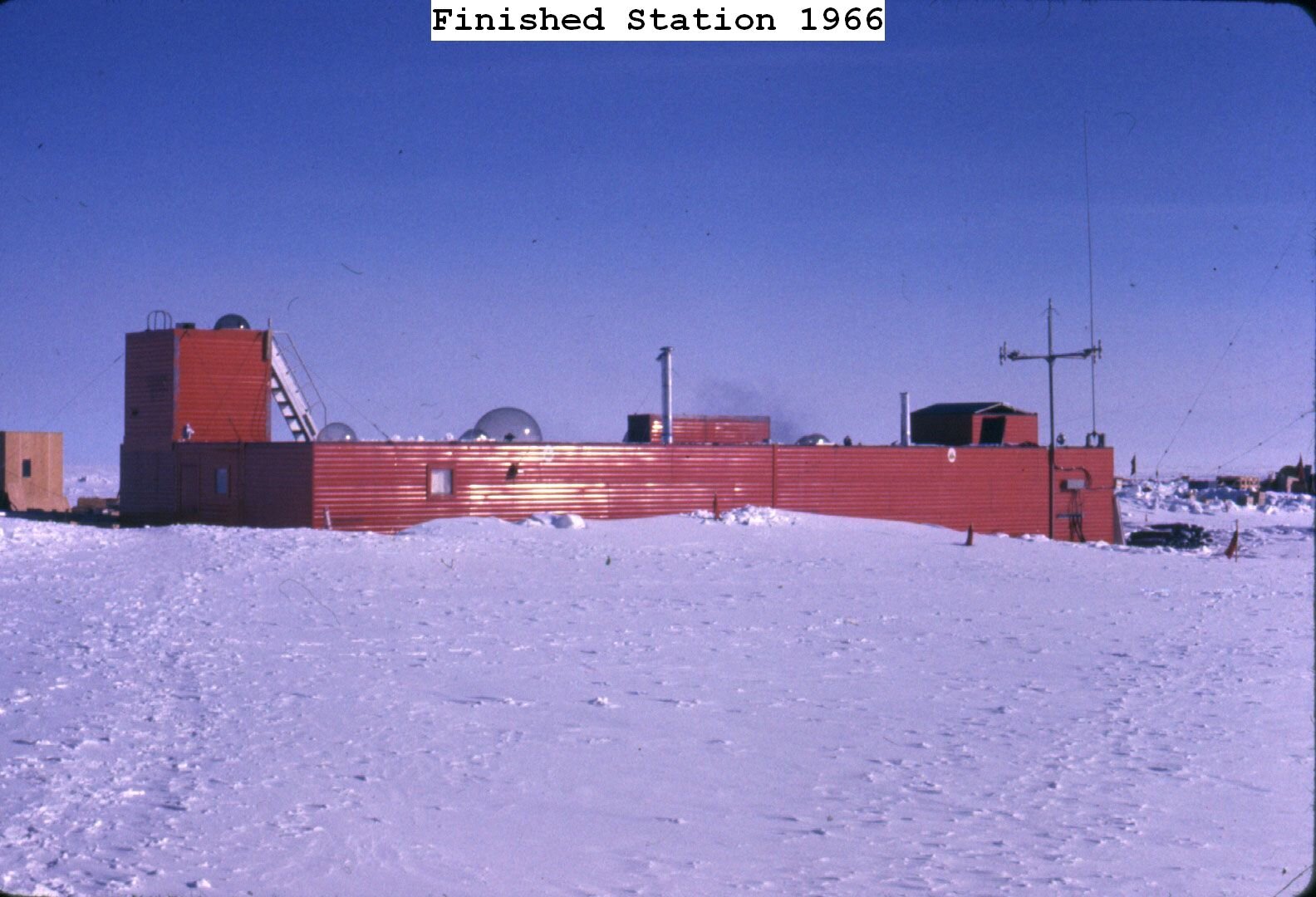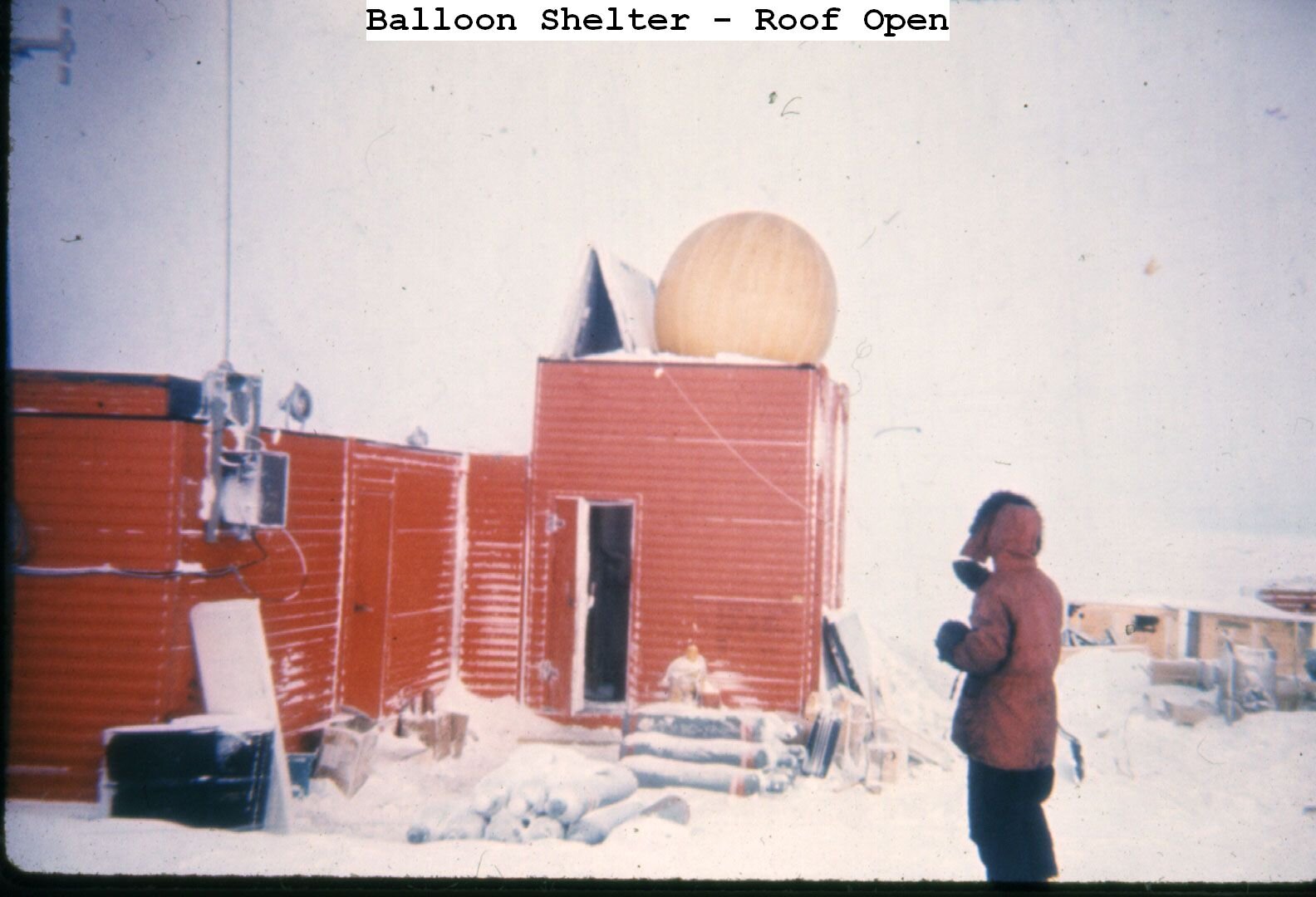Plateau Station Plans
The Plateau Station was the highest and most remote scientific station established by the United States. The station was located in the far interior of the Antarctic ice cap, 11,890 feet above sea level. Construction of the station began in December, 1965 and the station closed permanently in January, 1969. The average monthly temperature at Plateau in July, 1968 was -99.8 degrees Fahrenheit.
Marty Sponholz, then a graduate student at the University of Wisconsin, and was one of the 8-man crew to occupy the station in January, 1966. The scientific leader of that team was the Antarctican Society’s own Rob Flint. Marty’s memoir “Among the Magi” is a record of his year at Plateau and what led up to it. We encourage you to read it on our website HERE. To read a recollection of the U.S. Navy person in charge of mothballing the station, Electronics Technician John Wright, click HERE.
Marty obtained a set of the plans used to build the station and eventually donated them to the Antarctican Society’s archives. Our Archivist, Charles Lagerbom, scanned those plans which are now available below. Marty recalls:
“What stands out in my mind about the plans for the station was the inadequate size of the balloon shelter. The fault is strictly my own. Just six months before the beginning of sending the construction supplies to the high plateau I received a call from Bill Austin asking me to meet him at NSF in downtown Washington DC. He was a chief engineer on the Plateau Station design. He wanted the dimensions I needed for the balloon shelter and with nearly zero experience with weather balloons, especially slow rising balloons which had to be under inflated, I offered dimensions for a sphere. In reality an underinflated balloon has a small horizontal diameter with a tall vertical height -- a bubble of helium on top of the balloon. The result was that the balloon had to be inflated with the accordion roof open to the -100 degree F winter temperatures at every launch. Most unpleasant tasks all winter.
I was replaced by a polar veteran from Australia, Bob Dingle, who upon hearing my pain which really was played out by Rob Flint who inflated most of the balloons, immediately cut a hole in the floor keeping the tall balloons' top below the roof. The joke was on me not seeing a simple solution in front of me.”
An article about the building of Plateau Station appeared in the Antarctic Journal in July, 1966. To read that article, click HERE.







